Paracas & Islas Ballestas
This trip to Paracas was the second half of my friend Amanda’s trip to Peru. Since February is the rainy season, I planned to take her to the beach after Cusco and Machu Picchu. The coast of Peru is mostly a desert, since almost all precipitation in Peru comes across the Amazon from the Atlantic.
We flew to Lima, then rented a car and drove south along the coast. Once you get out of Lima, there’s only one road, which makes it easier. Unfortunately, it was getting dark when we left Lima and that one road can be quite dangerous at night. The road itself is fine, but the driving of other people on the road made me think a good number of them were probably drunk. If you plan to drive to Paracas from Lima, do it during the day.
We did make it to Paracas in one piece that night and asked for an extra fan in our hotel room. After living at 3,500 meters for months, the heat in Paracas was a shock for me.
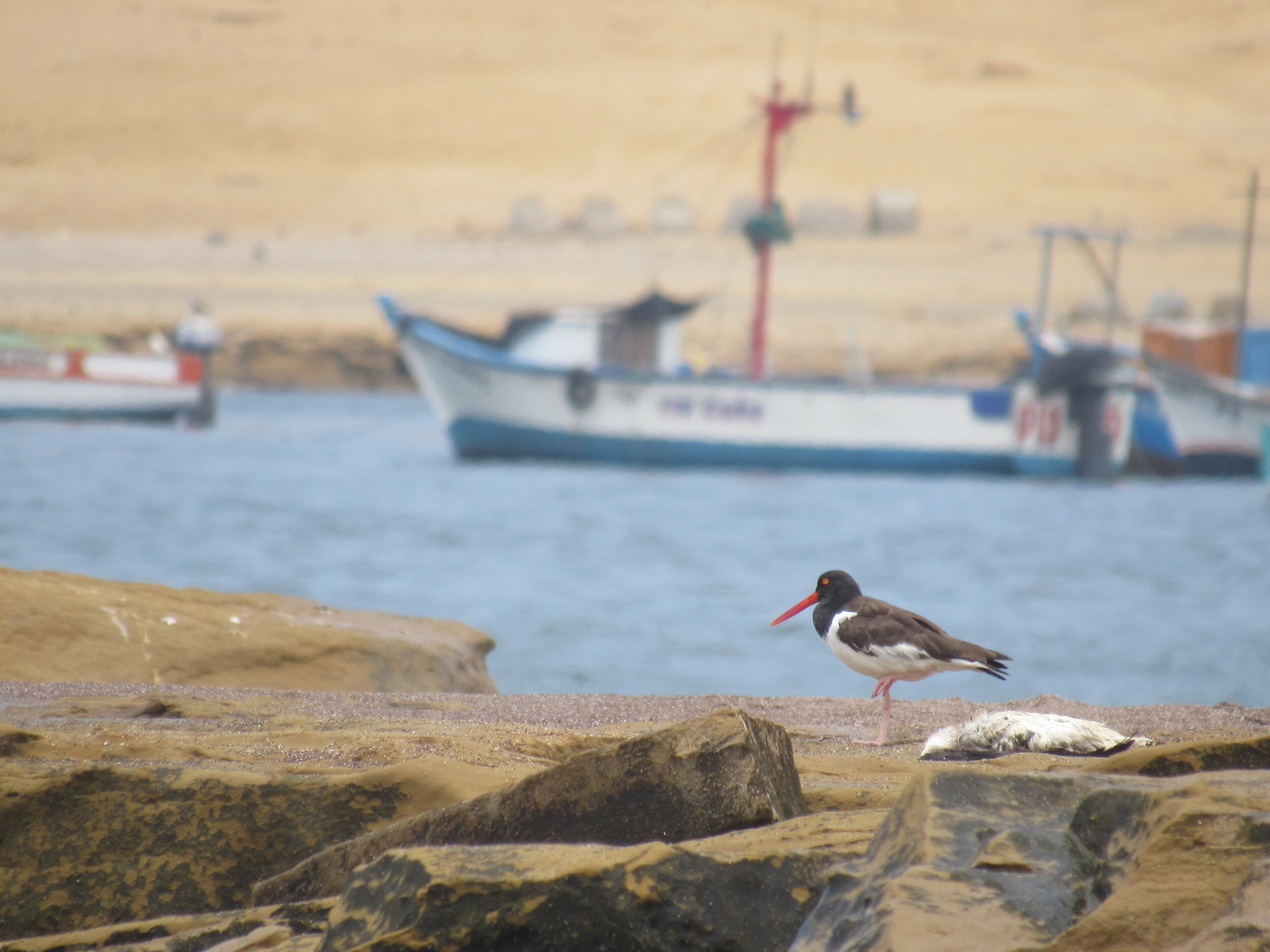
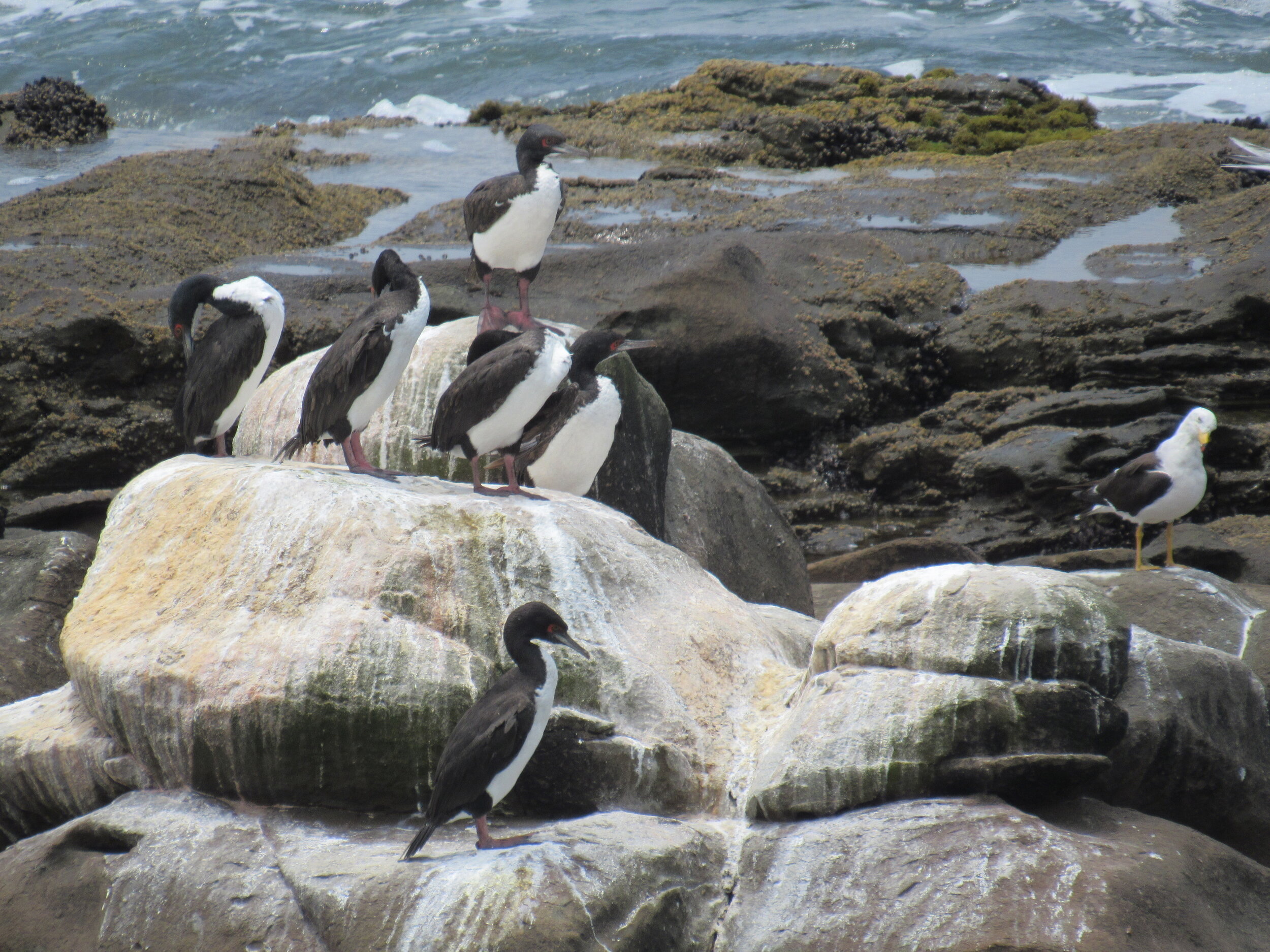
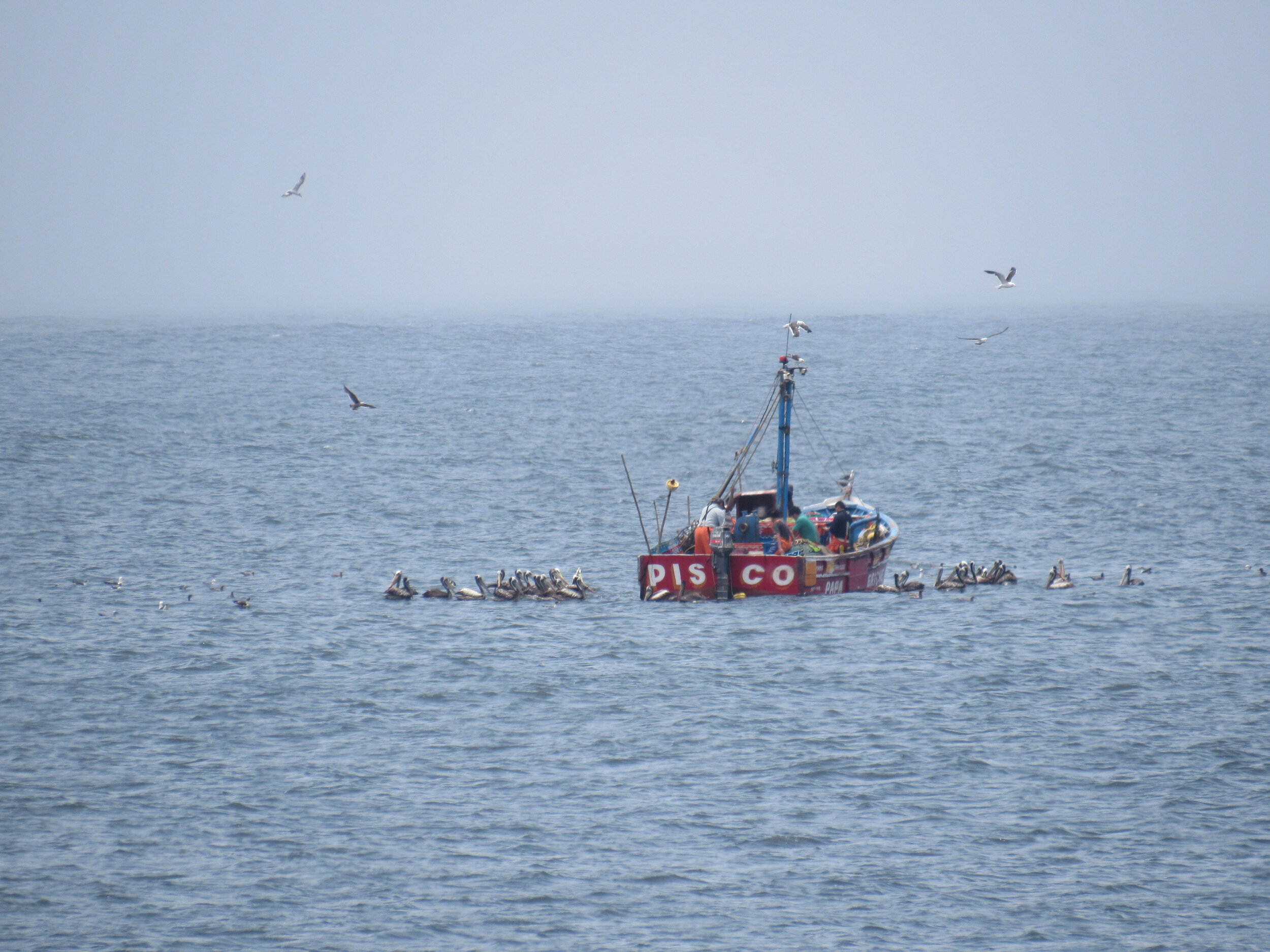
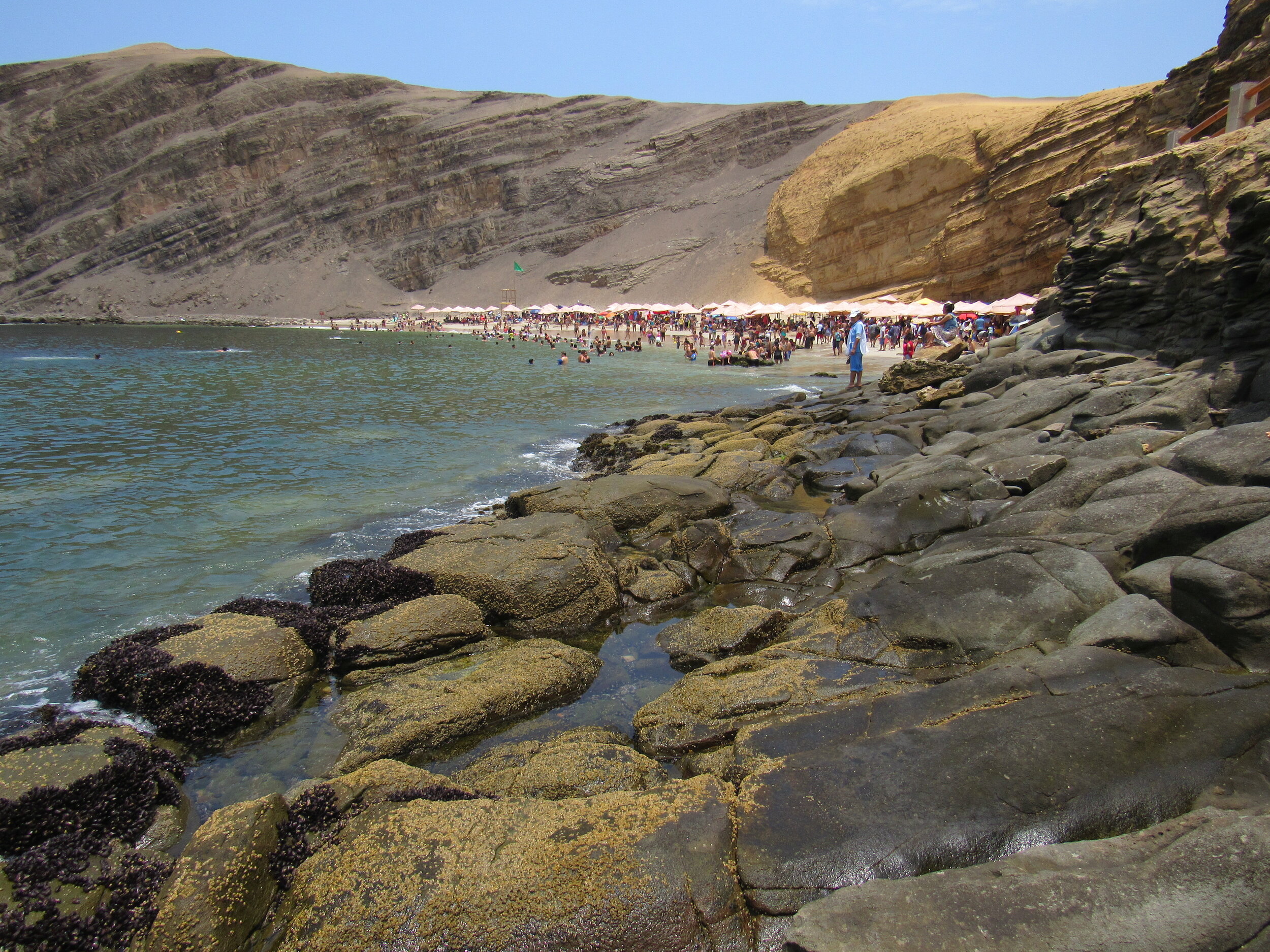
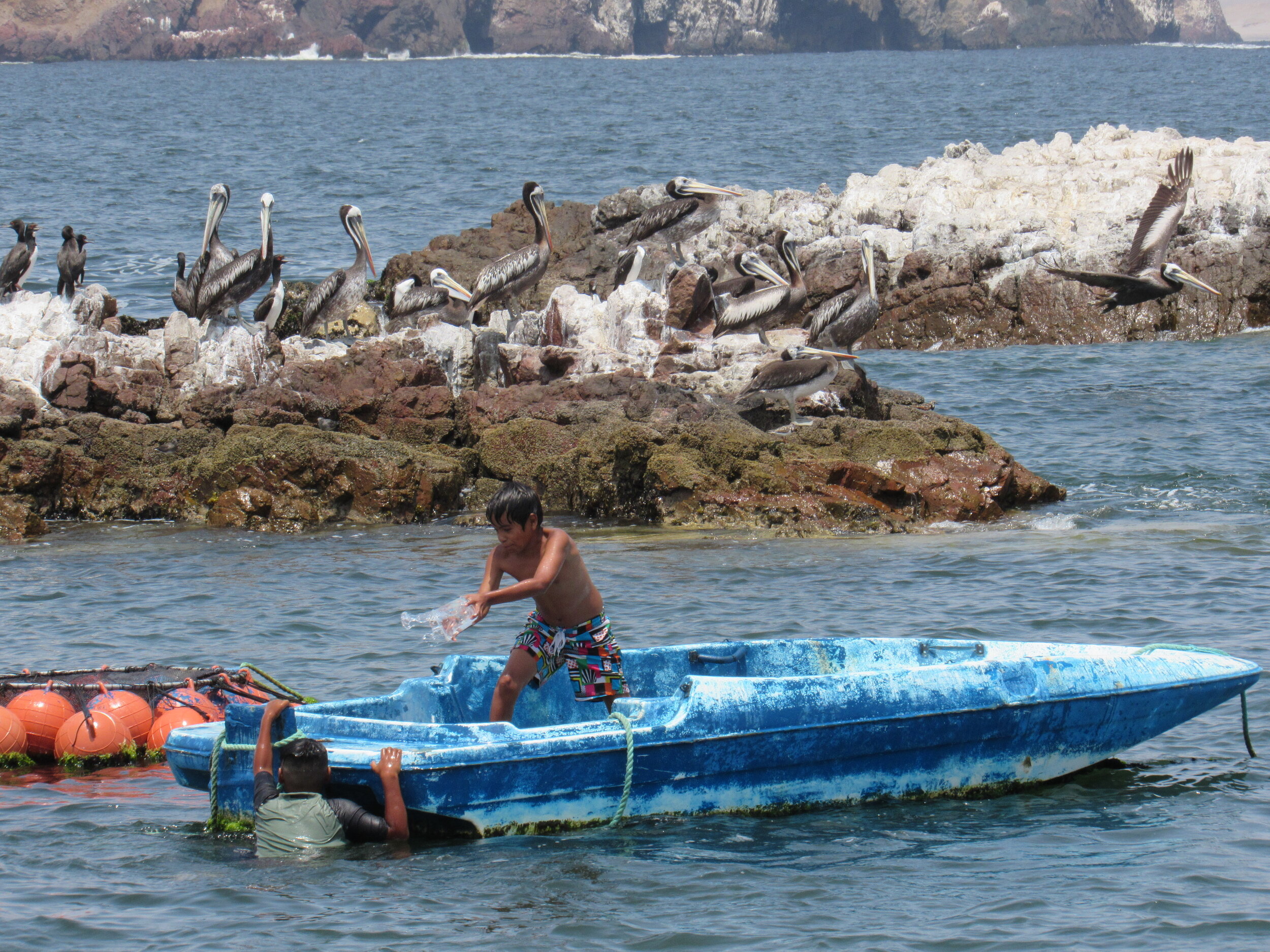
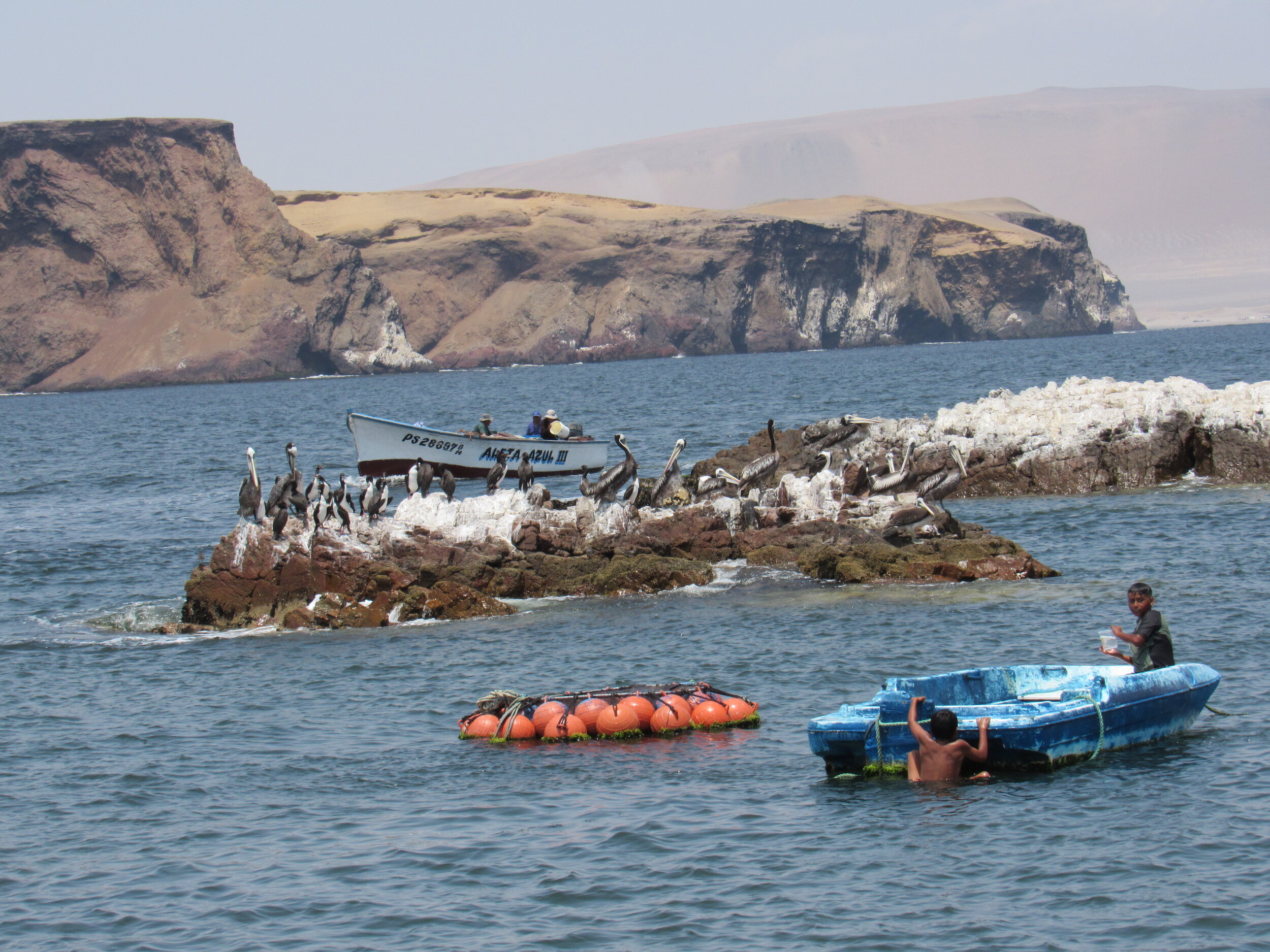

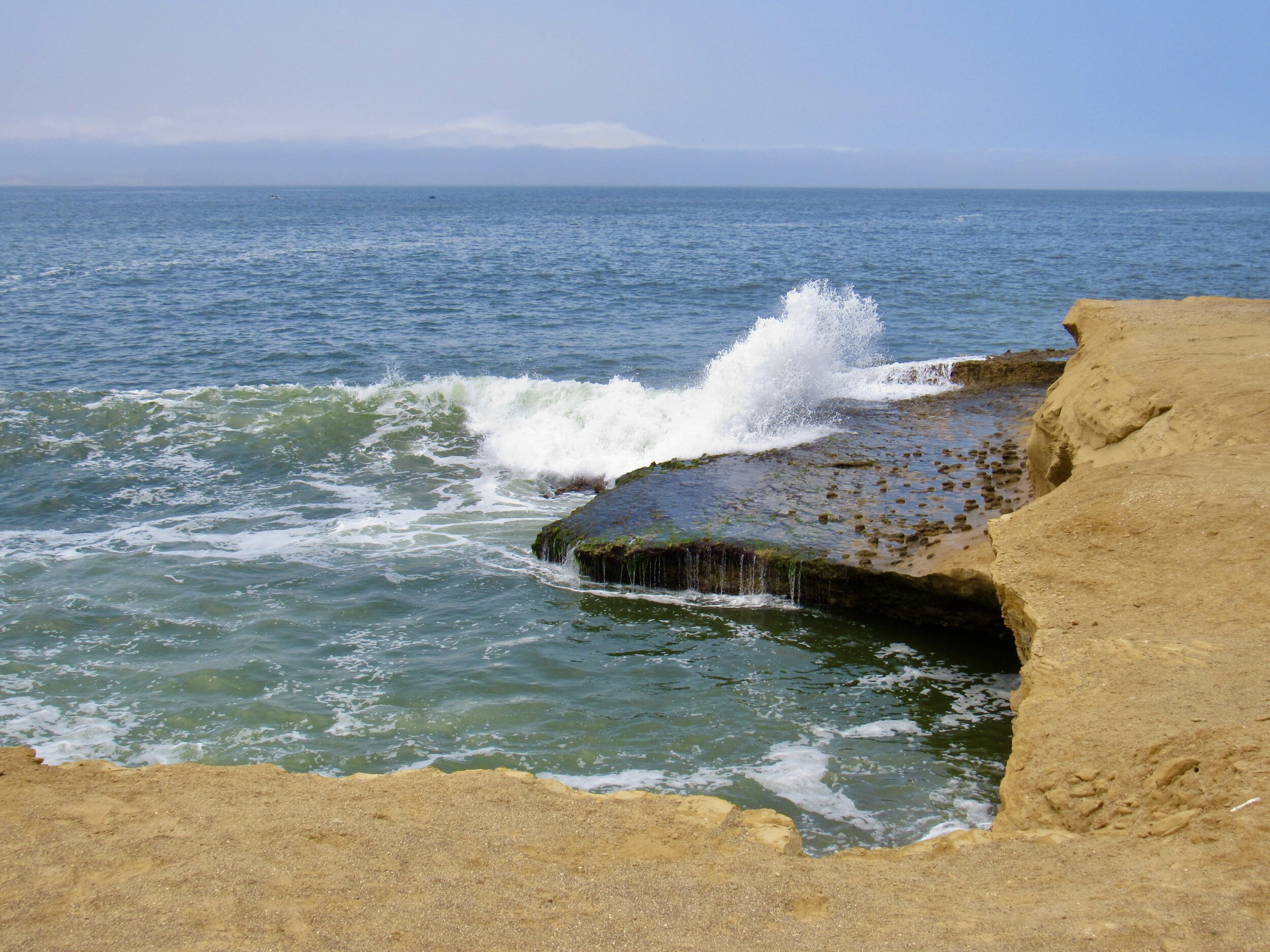
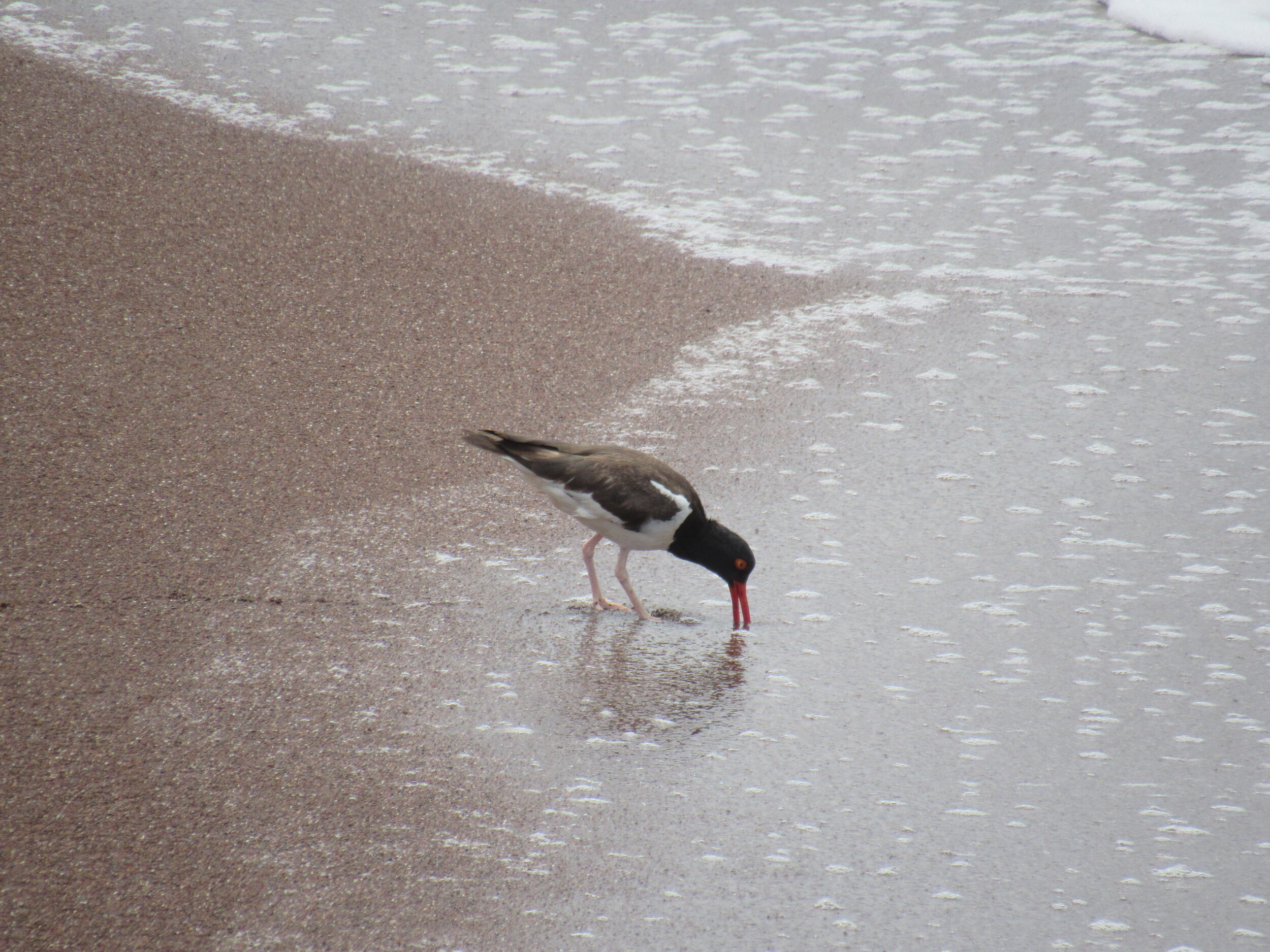
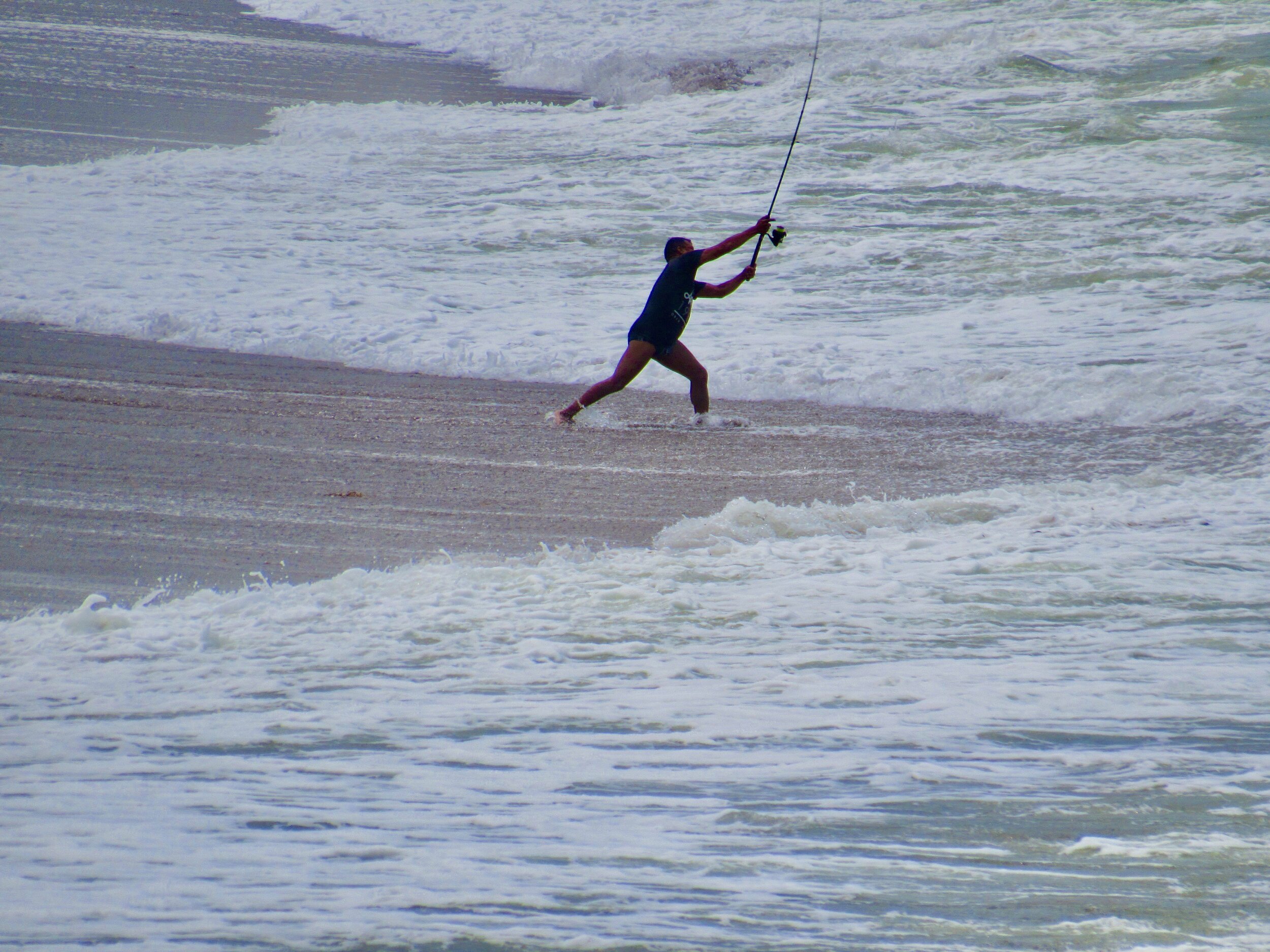
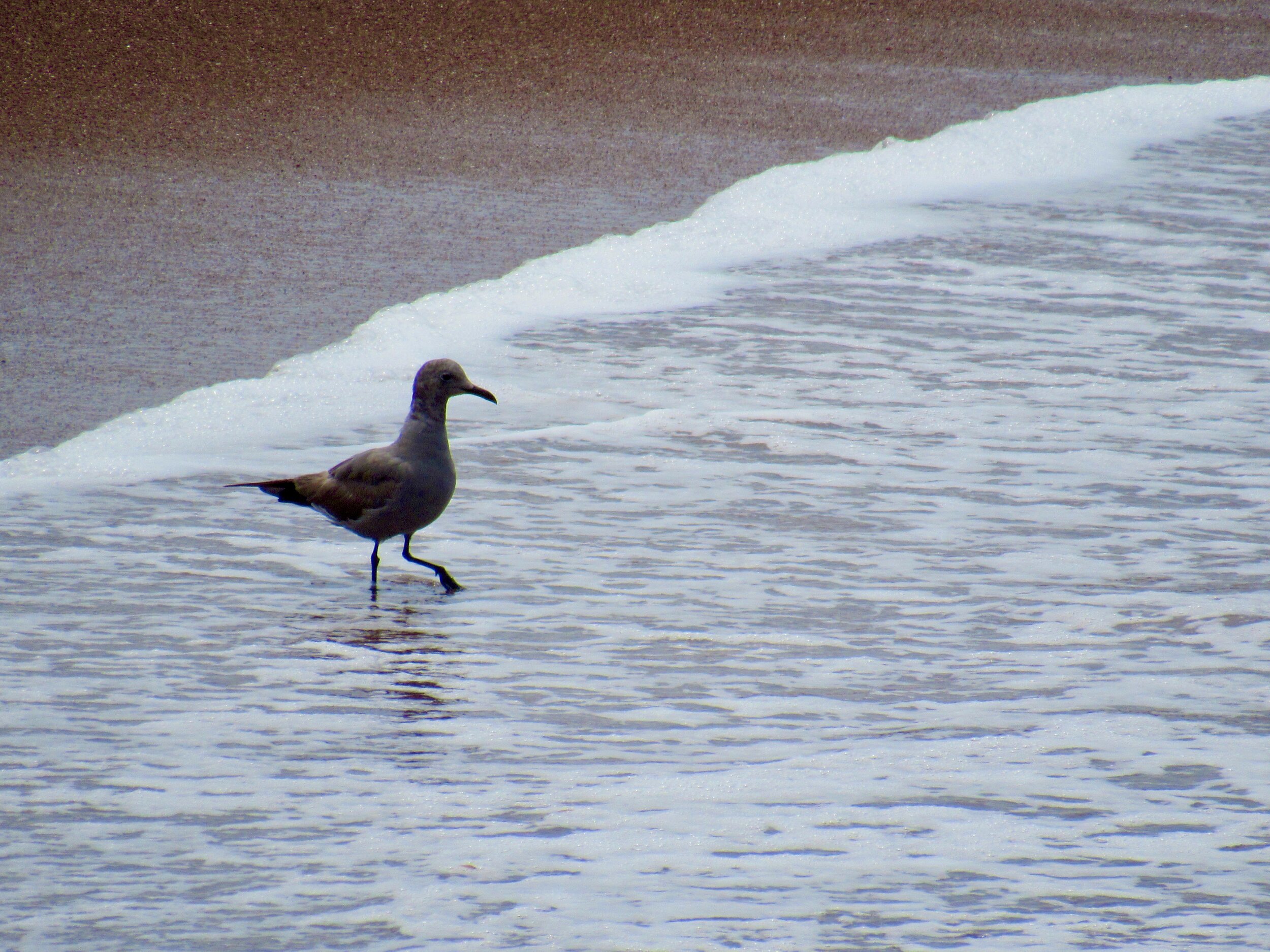
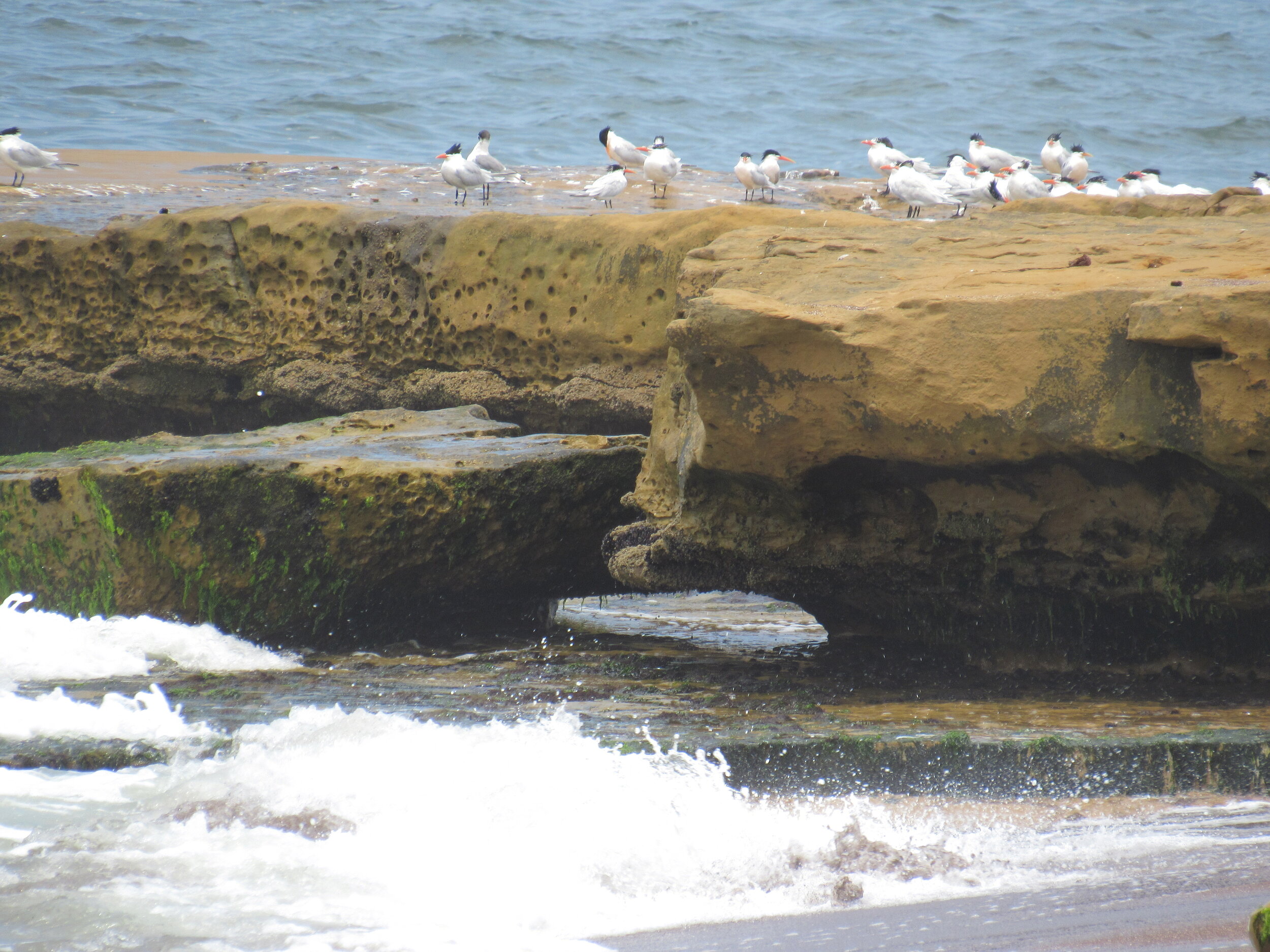
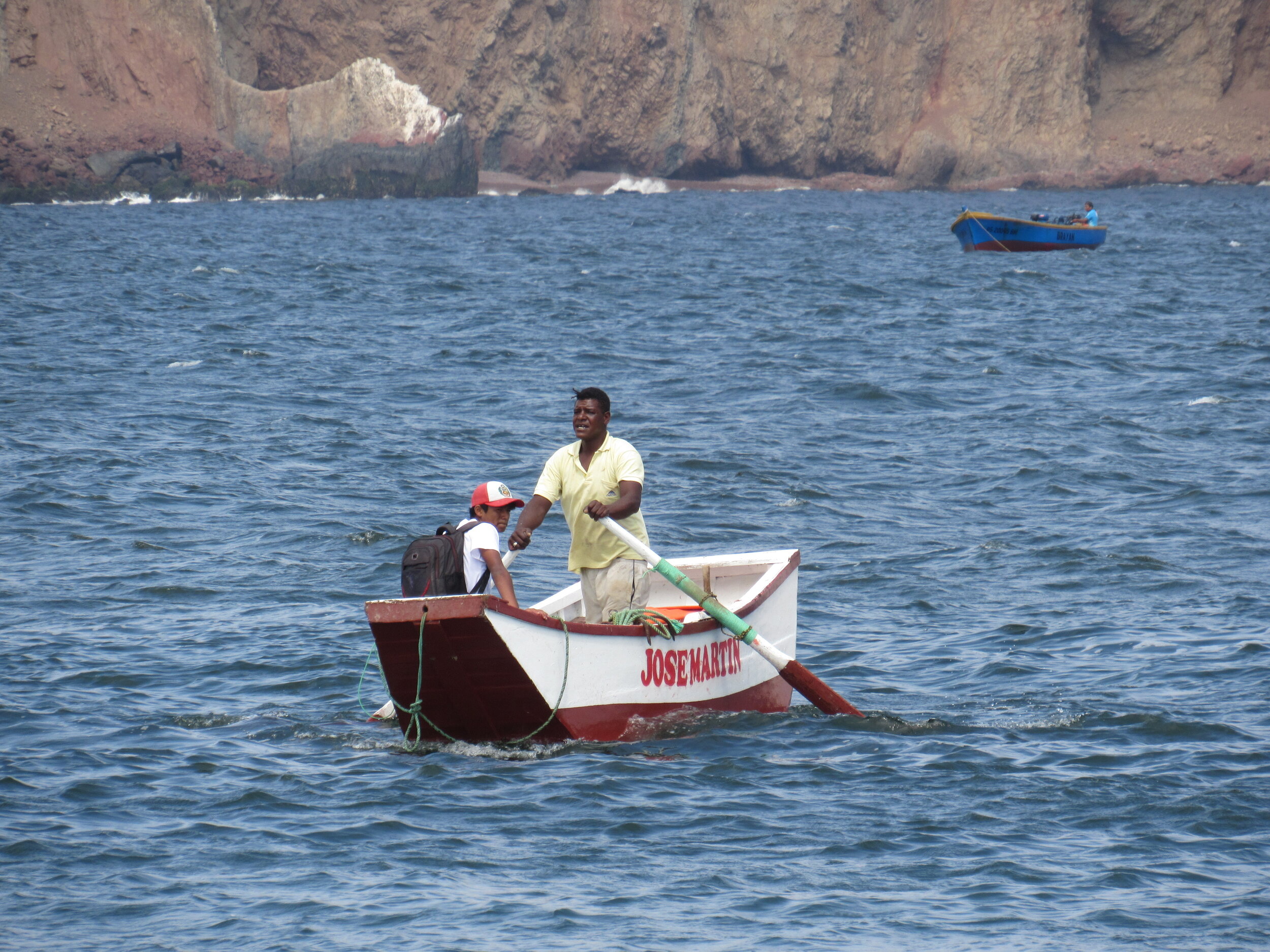

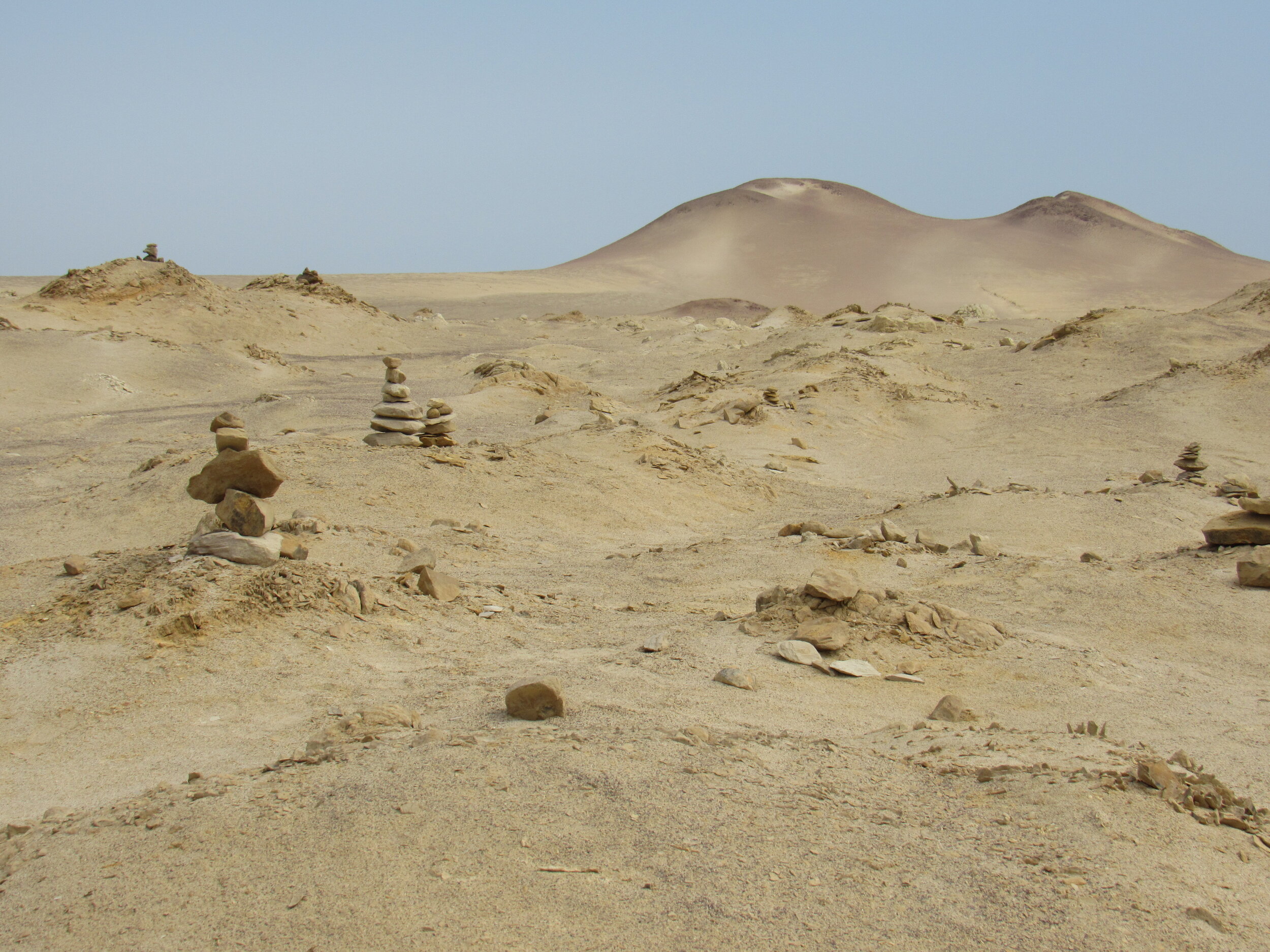
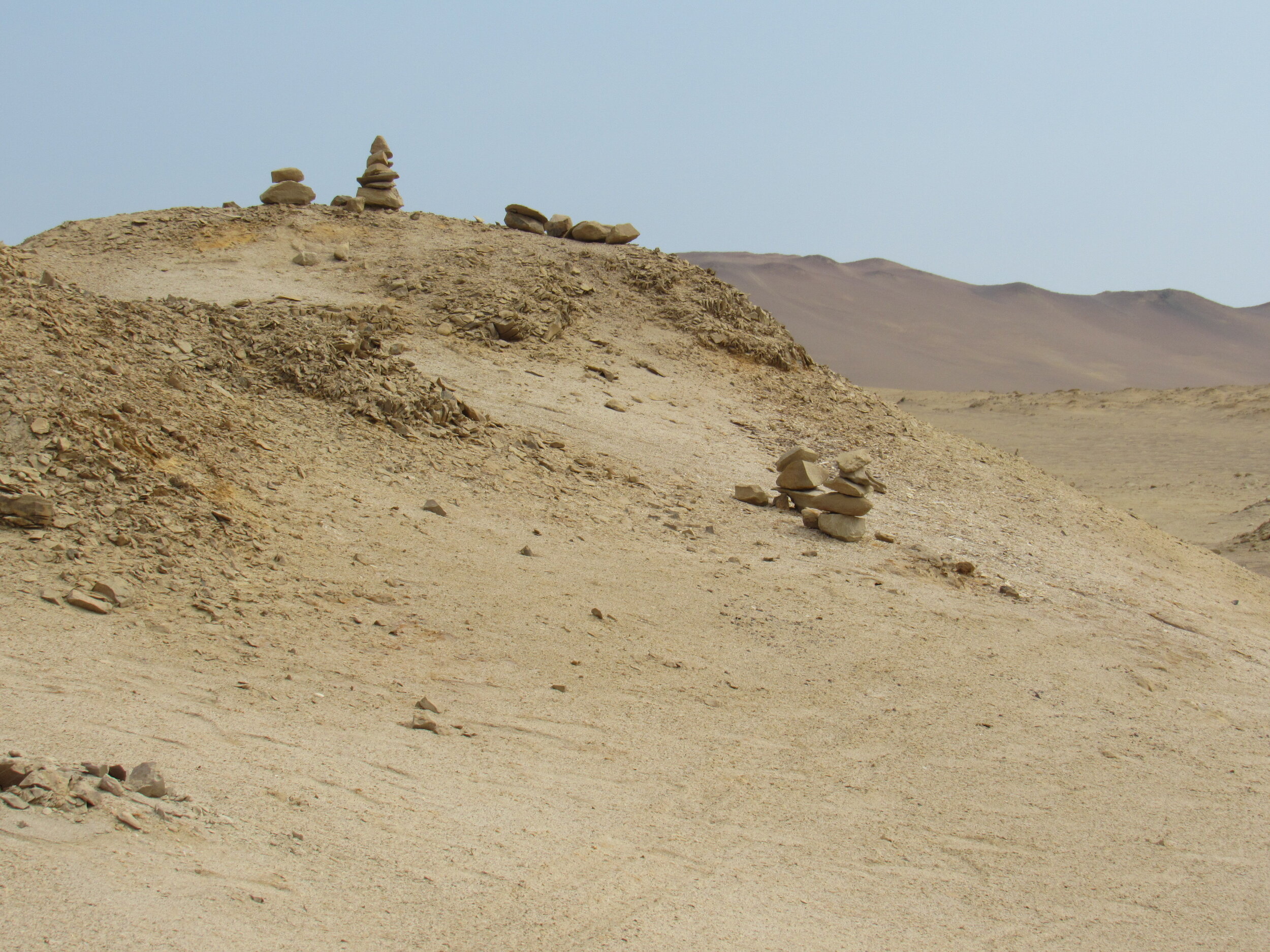
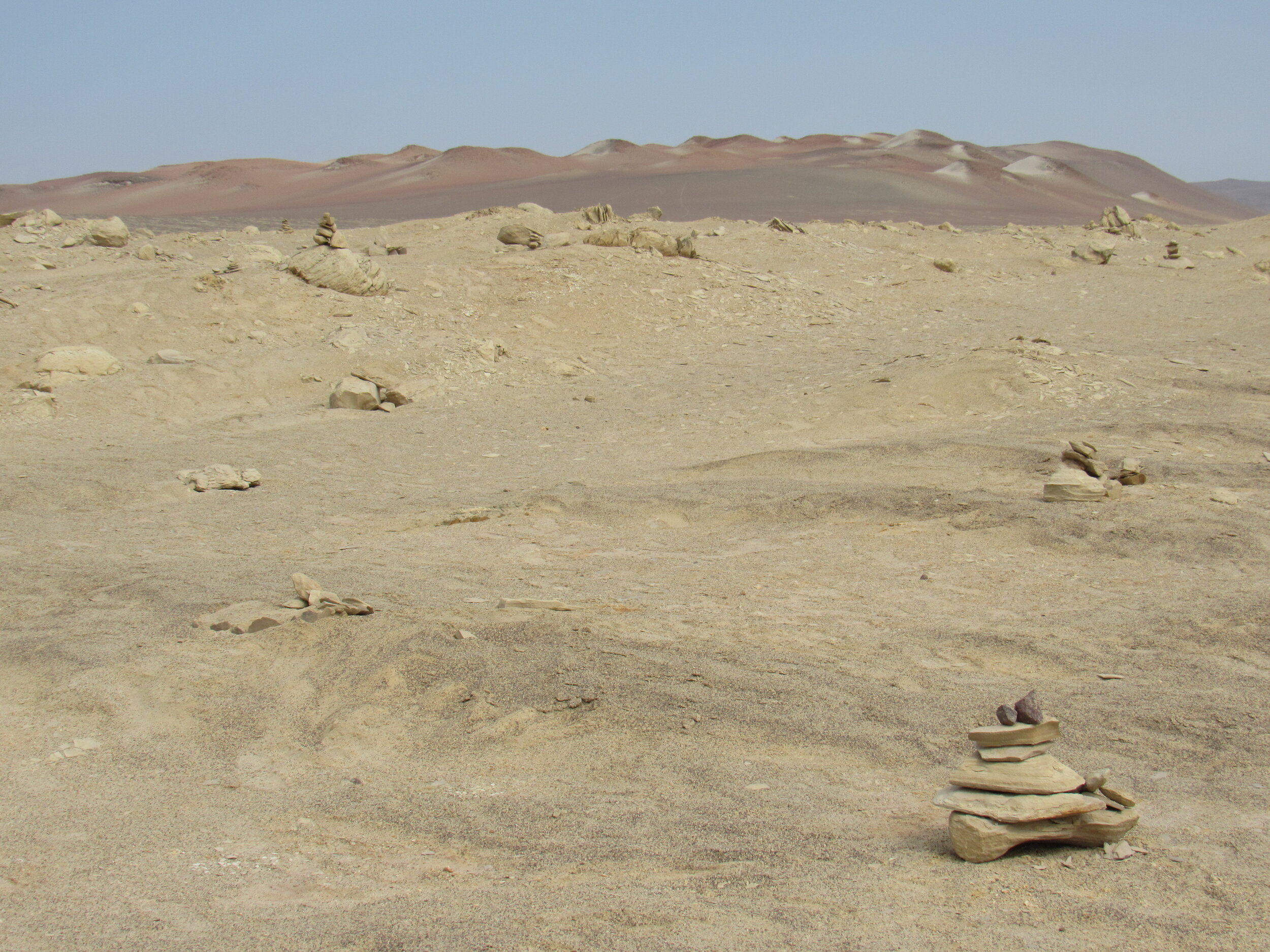
Our first morning we decided to visit the National Reserve. It cost 10 soles each at the entrance and we had to ask for a map. However, driving across the desert landscape was unlike anything I had seen in Peru. Not all the roads marked on the map looked like roads and we didn't make it very far up one of them before the sand started to get deep and I decided not to risk getting our little rental car stuck. We turned around and headed to Playa Roja, which my friend Gaspar had recommended. He has taken groups here several times as a guide and gave me a list of places we had to visit while there, along with a lunch recommendation.
You can hire guides for a tour of the park, but I was happy that we had our own car. It’s the sort of place where you might want to stop at any place along the road for photos. We enjoyed the beaches and birds and ceviche for lunch at Lagunillas. There are several restaurants at Lagunillas and we picked the one with the best view of the bay, looking across towards Playa Roja.
After lunch, we drove farther along the coast to Playa las Minas. After seeing very few people at Playa Roja, I was surprised by the crowds at Playa las Minas. This was a much more sheltered beach and there were lots of families with picnic lunches on the beach and kids splashing in the shallows. Though technically part of the same bay, the curve of the coastline protects this beach from the giant waves that pound Playa Roja.
On our way out of the park, we stopped at the museum. It’s a nice little museum and I enjoyed the descriptions of all the wildlife that are protected here. We also walked down from the museum towards the water. You can’t get very close, but there were lots of flamingos strutting around in the shallow bay, far enough away that they shimmered in the heat waves.
Back in town, we waited till sunset when the air cools to a comfortable temperature and went to walk along the malecón. We stopped for dinner at the Karamba Resto-Bar, because on Yelp it said that they have a vegetarian menu. You do have to ask for it, but it’s a fantastic menu with both vegetarian and vegan options. Chaufa is a very popular dish in Peru but invariably has pork in it. I was so happy to see a vegetarian chaufa on the menu! It was delicious and we were also impressed with the selection of microbrews.
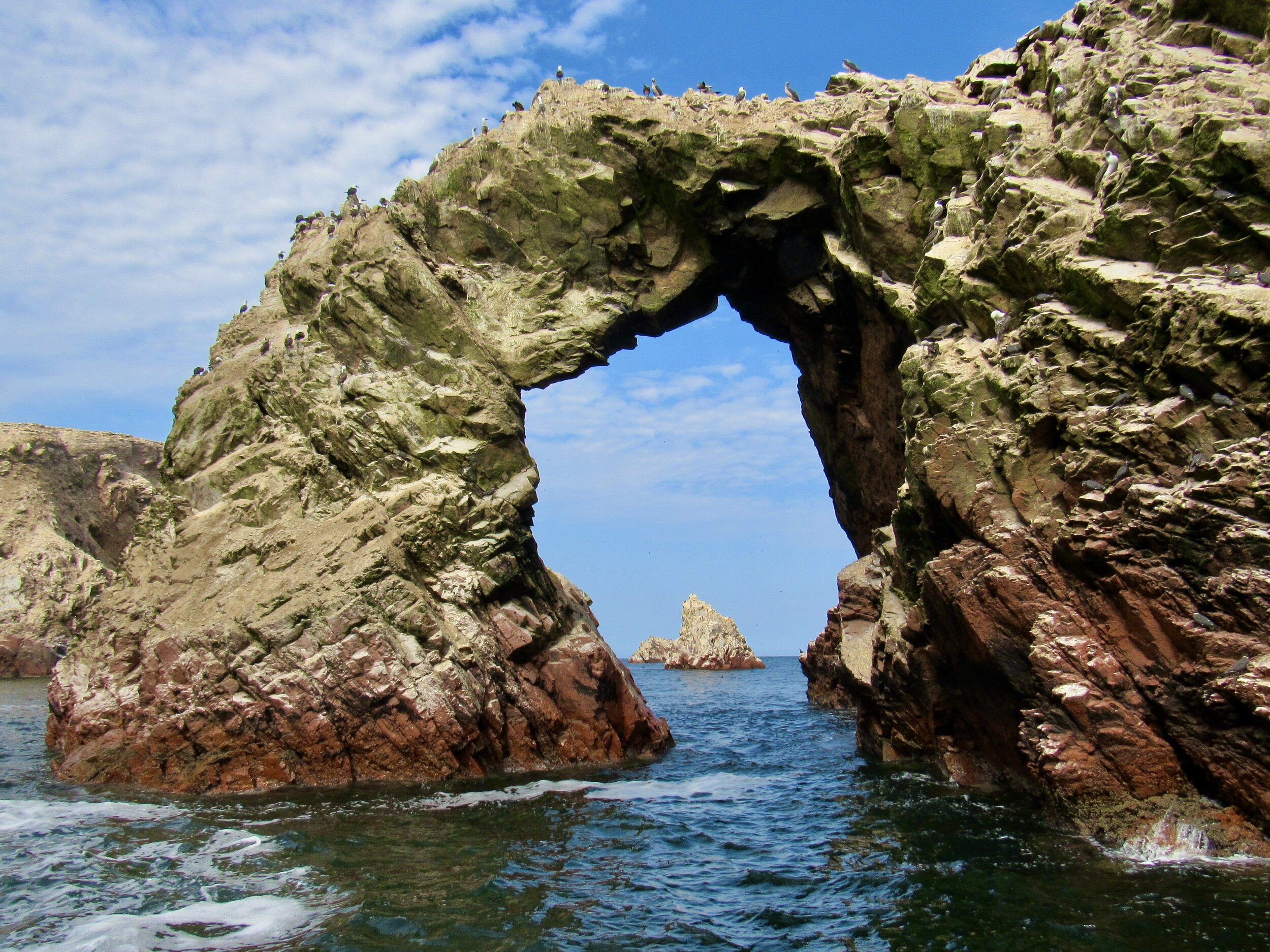

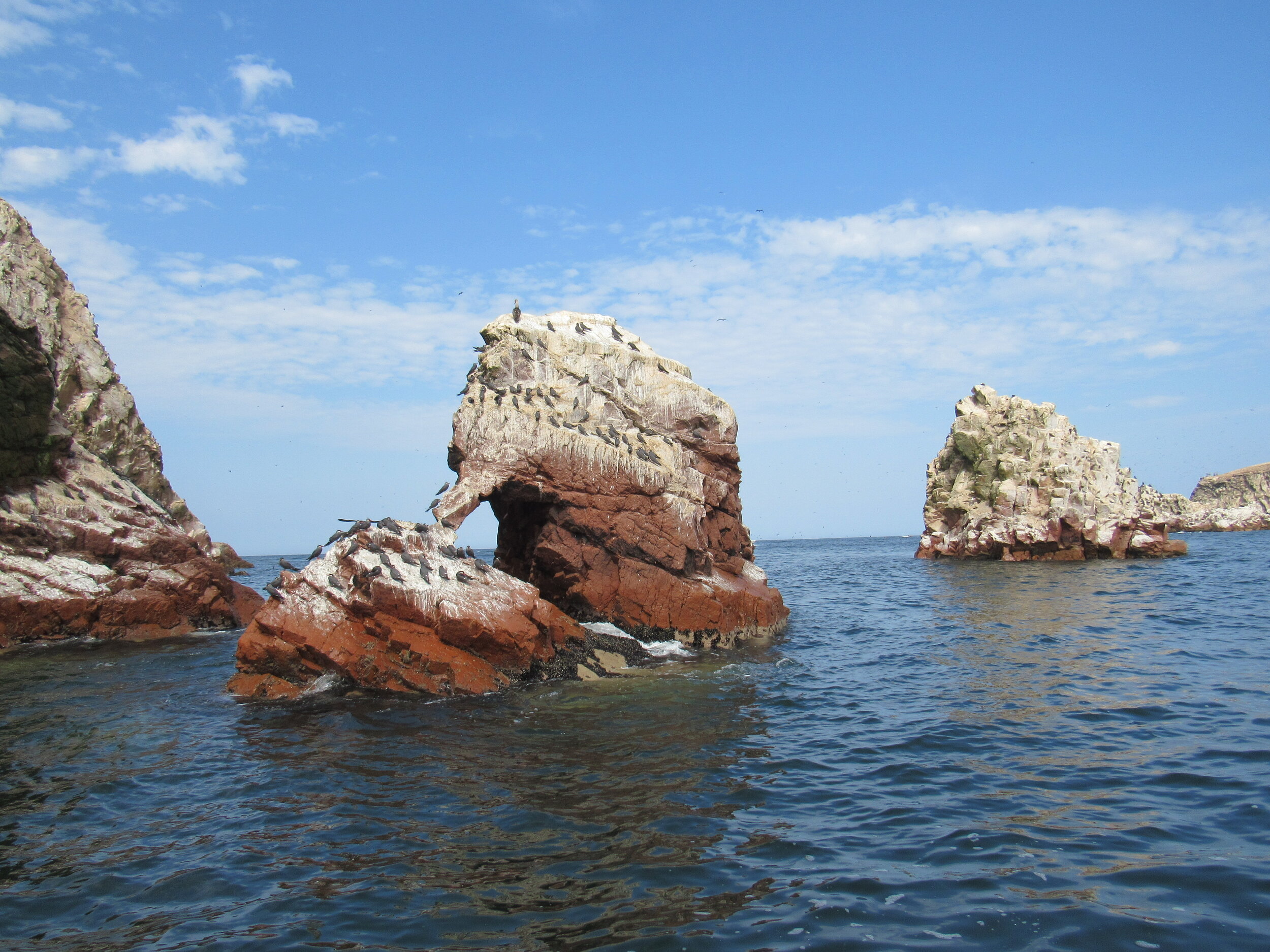
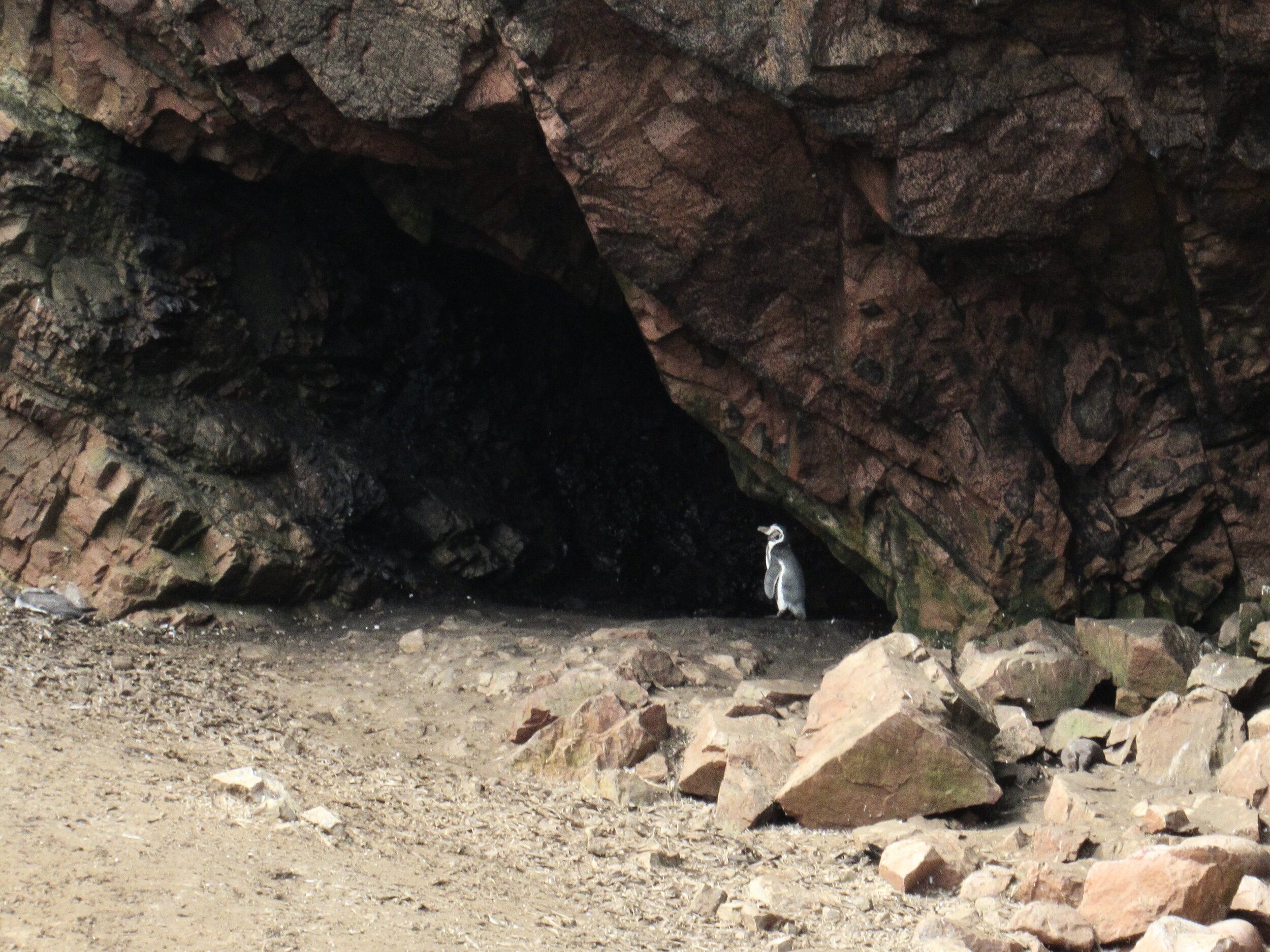
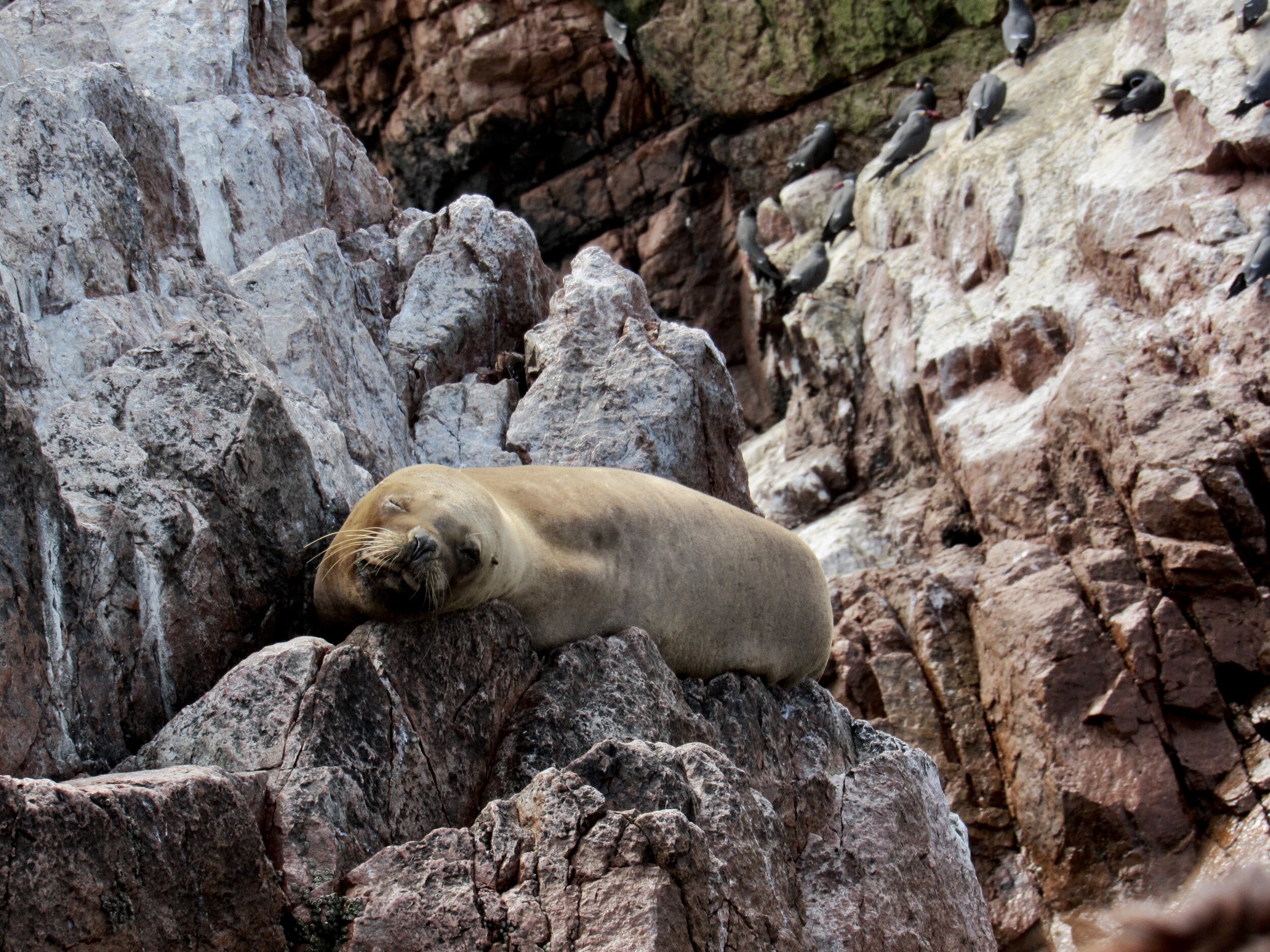
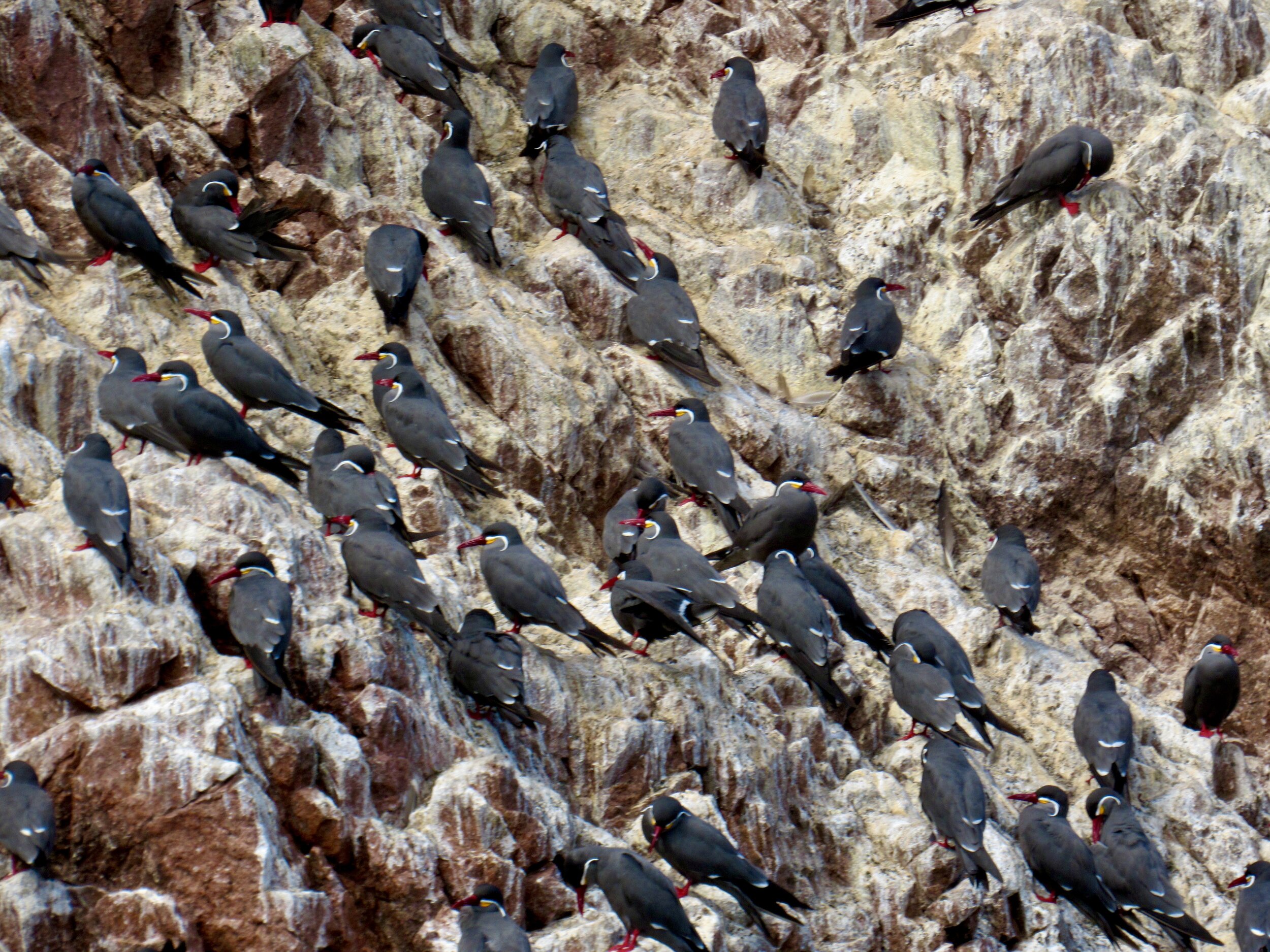
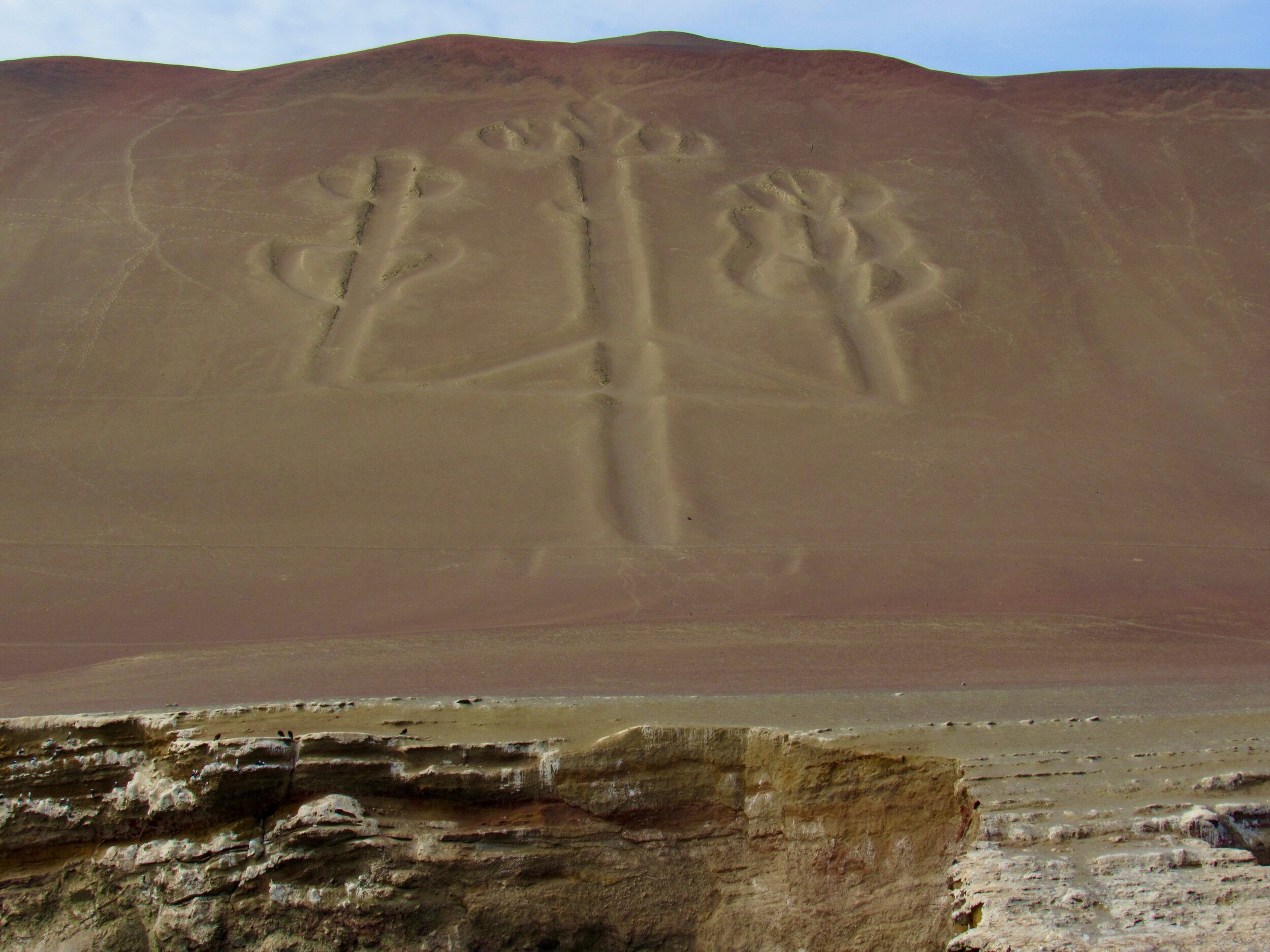
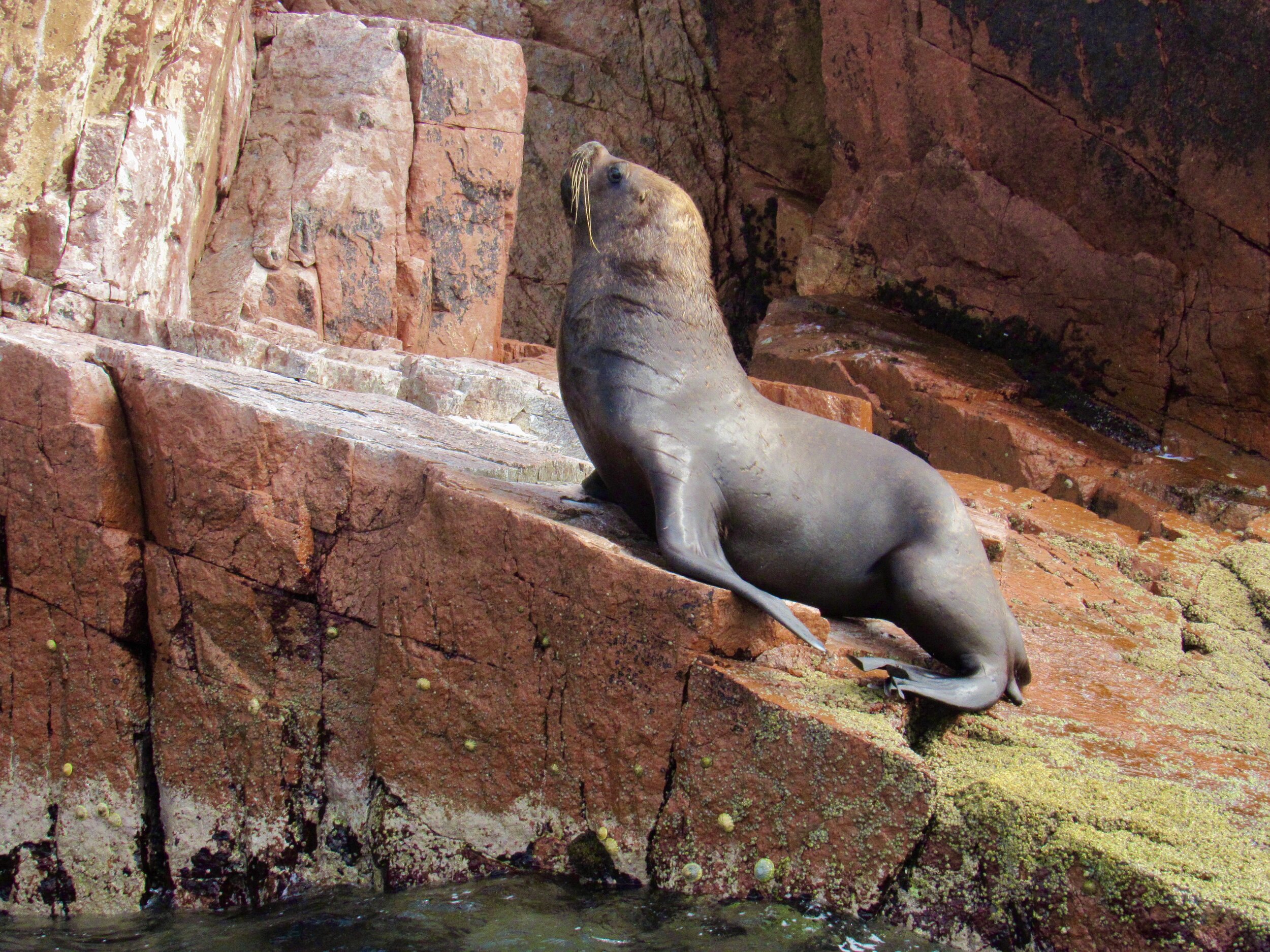
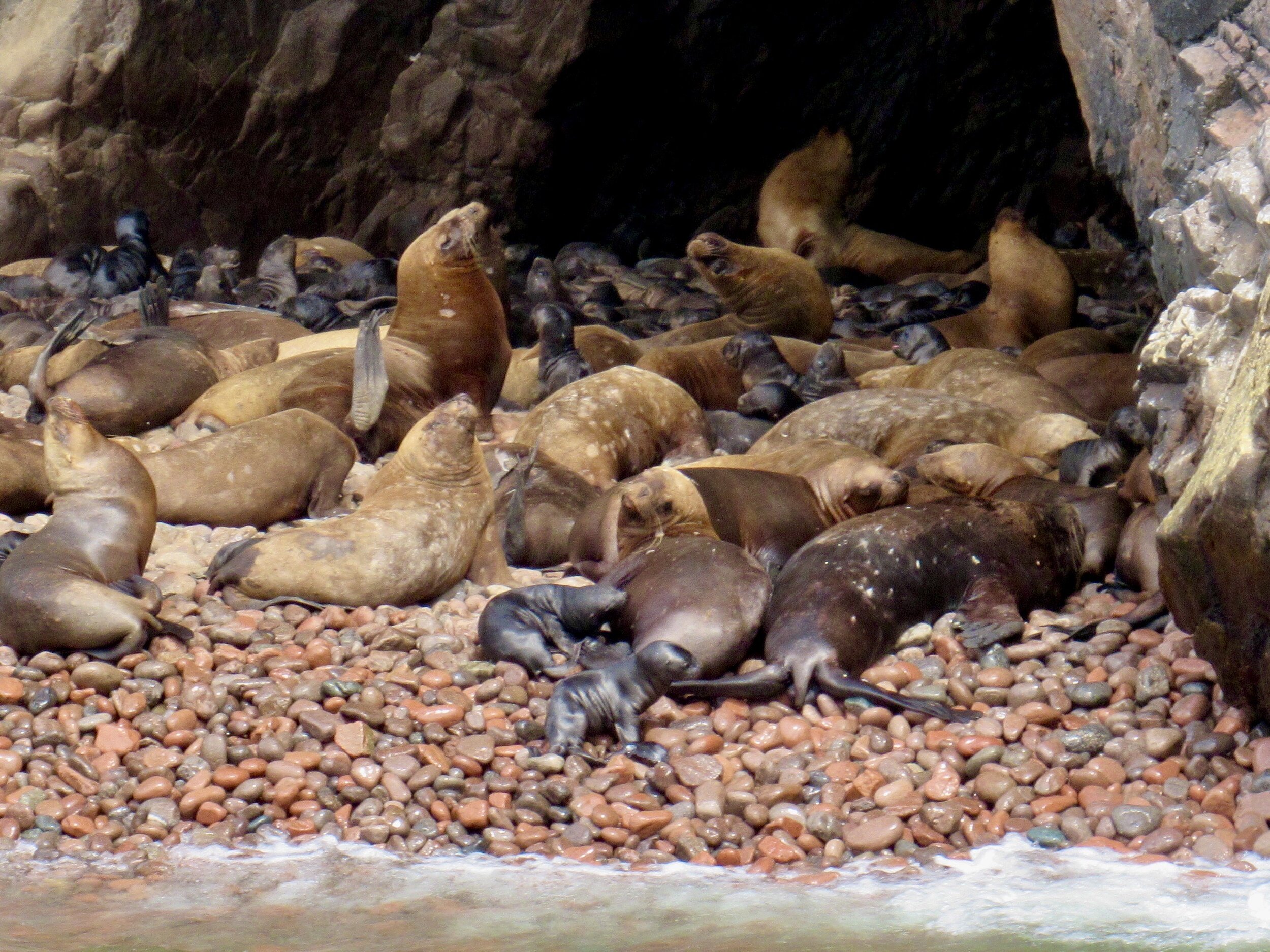
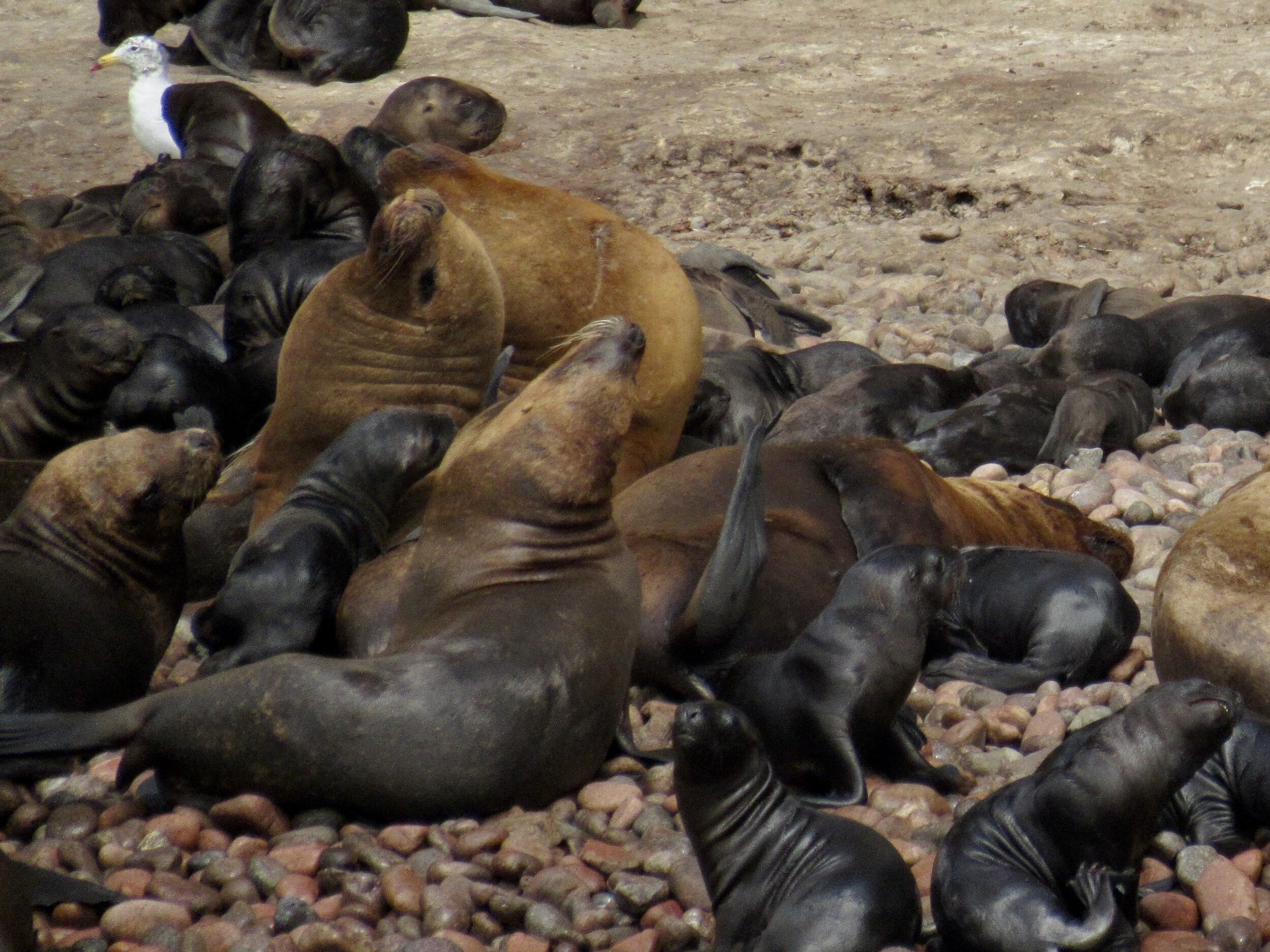
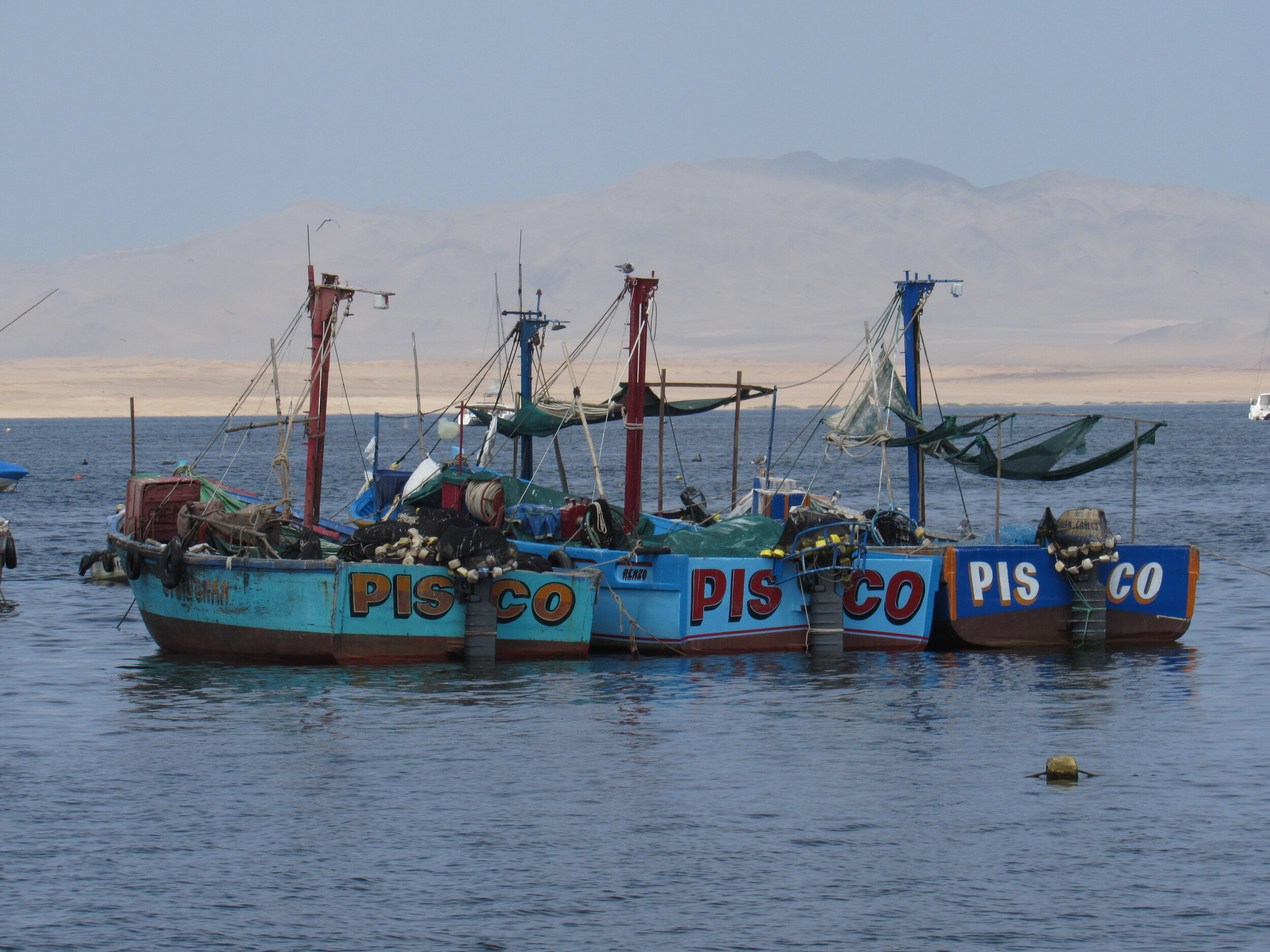

The next morning we set off to see the Islas Ballestas, a marine reserve that is called Peru’s Galapagos islands. Gaspar had told me that it doesn’t matter much which you company you go with, since prices are fairly standard and all boats leave from the same dock anyway. The only thing you should really ask for is to be sure that the boat has a covering. Even down at sea level, the sun is brutal this close to the equator. There’s enough wind out on the water that most hats won’t stay on, so if you’re going, be sure to ask if the boat has a covering of some sort.
We drove past the giant candelabra, left from a civilization similar to the Nazca, but still different from the Nazca lines. It’s on a sandy hillside, facing the ocean and you don’t really realize how massive it is until you’re close to the shore. It was a surprise bonus for me, since I was so intent on the birds we would see that I hadn’t paid attention to the rest of the description of the tour.
The islands were beautiful, though quite small, and we saw a fantastic variety and number of birds. The guide also told us about the history of guano exportation from the islands and how overexploitation severely damaged the ecosystem. With preservation, this is restoring itself, though there is not enough protection from poaching and I was told that the islands need more government protection to really be a safe haven for wildlife again.
For dinner, we went back to the Karama Resto-Bar, which has a great balcony above the malecón. We had a drink watching both the lively nightlife of the malecón and the sunset over the harbor. Paracas is a lovely little town, and though you could do both the national reserve and islands in one day, I was glad that we had two full days so that we could visit each in the morning.












